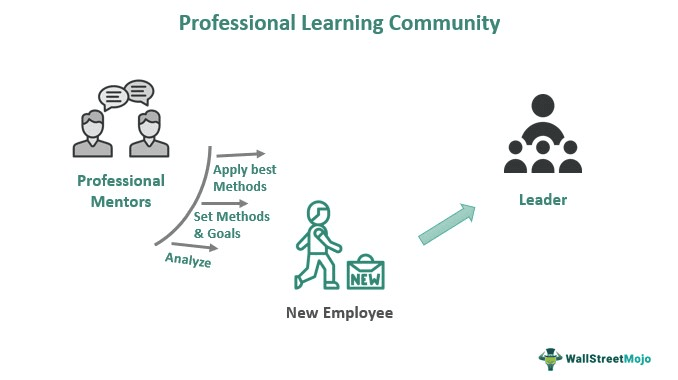A community of practice (CoP) is a group of people who regularly interact and share a shared interest. They have the expertise and share a career. As co-workers share knowledge and learn from one another, this is especially pertinent in the workplace.
At the same time, Professional Learning Communities (PLCs) refer to a shared vision to which everyone can contribute. Therefore, the staff is encouraged to work together on activities and reflection to improve their employees' performance continuously.

